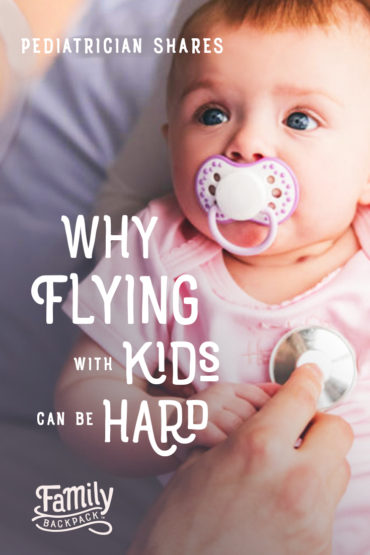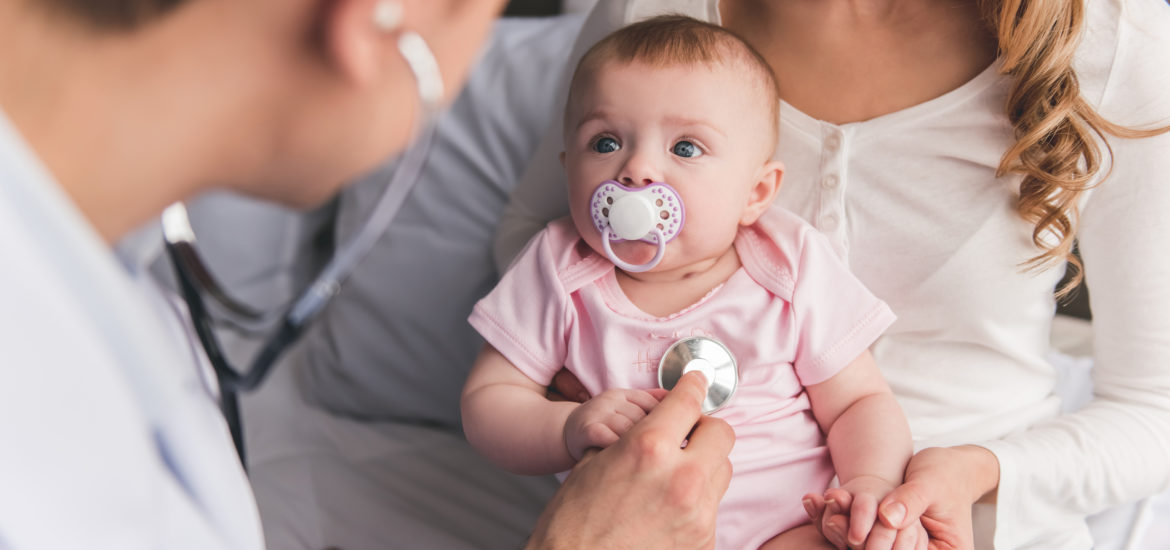Flying with kids can be challenging as well as a literal pain in the … ear. But why is this and what can be done to make air travel more enjoyable for kids, parents and that grumpy guy across the aisle?
Dr. Cassie Ferguson, an Assistant Professor of Pediatrics at the Medical College of Wisconsin, says the reason kids usually react more strongly to the “ear popping” that happens during take-off and landing is not an issue of tolerance, but rather anatomy.
“Kids’ eustachian tubes from the middle ear are not as angled as they are in adults. They are more horizontal and so when they fill with fluid they are less efficient at draining and the fluid sits there, which can be incredibly painful, and can also lead to ear infections,” says Ferguson. “As they grow, the tubes become more angled and it is less of a problem.”
Ferguson says adults also know how to equalize the pressure by yawning or swallowing, but kids, especially infants and toddlers, don’t understand this. Adults can also chew gum, but obviously, babies can’t have a piece of Bazooka.
Sucking, however, can ease the discomfort whether it’s through breastfeeding, pacifier or sippy cup.
“Older kids can also suck on a lollipop,” says Ferguson.
Proactively giving a child ibuprofen can also help – especially if the child has a cold, in which case the pain from the pressure change is even more intense.
Ferguson reminds parents that it’s OK for kids to fly with a cold, but they shouldn’t fly if they are vomiting, experiencing diarrhea or have chicken pox, pertussis, bronchiolitis or an ear infection.
“Ear infections are tricky because even if a child has been taking antibiotics for an ear infection, the medicine takes 48-72 hours to take effect,” says Ferguson.
Ferguson does not recommend giving children Benadryl so they konk out on the plane because there are a subset of kids who have an opposite reaction to Benadryl and it makes them more hyper rather than sedated. (Yikes!)
For some children, sitting in an airplane-approved car seat or booster seat “tricks” them into thinking they are in a more familiar car situation and can be soothing for them.
“As a mom of three boys, I’ve done this and it worked,” says Ferguson.


